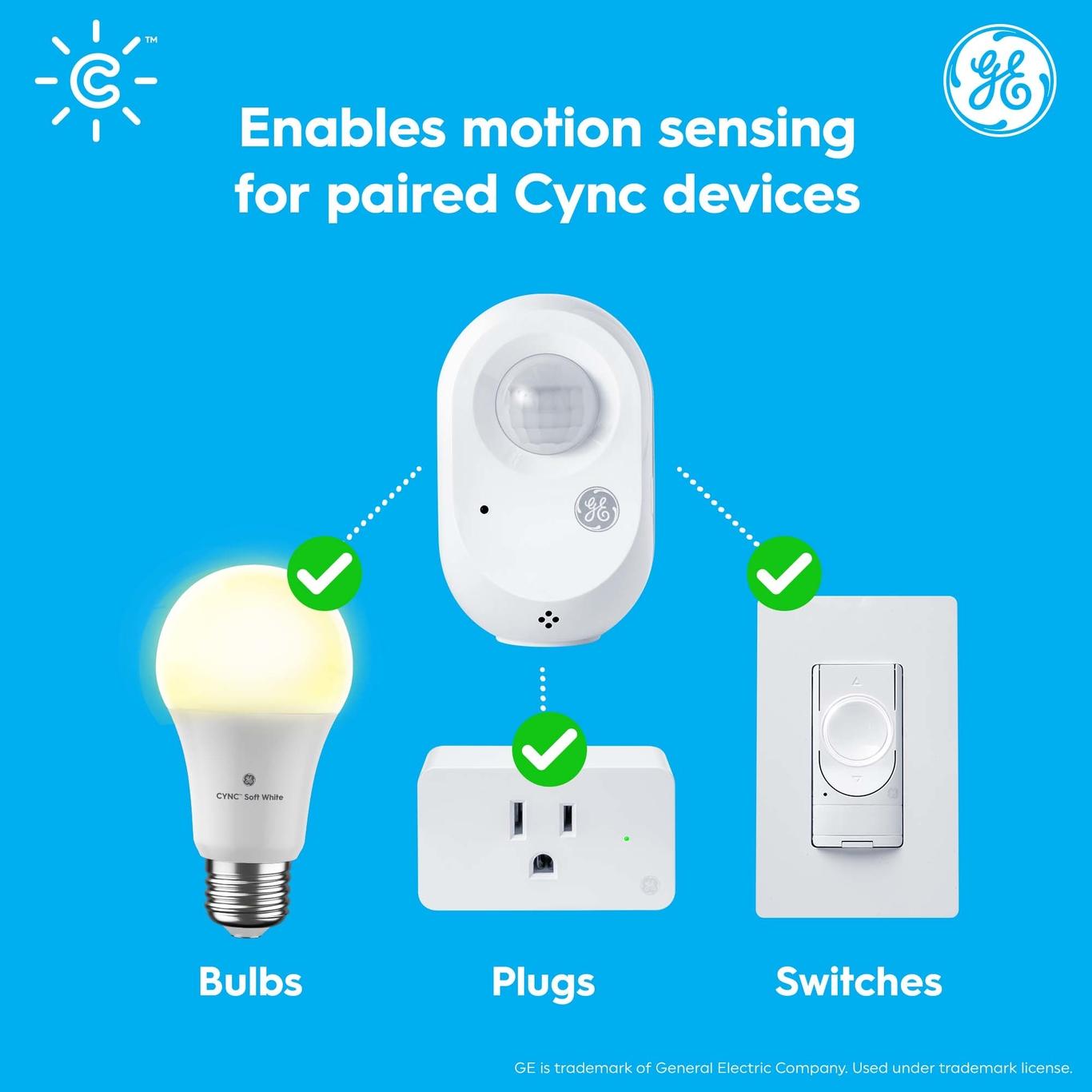Motion sensors can cater to anyone, from tech-savvy smart homeowners to late-adopting analog lovers. These easy-to-use devices seamlessly integrate into any space to provide an extra sense of security.
Because they use motion detection technology, movement sensors are most commonly known for alerting you to the presence of an intruder and subsequently sounding an alarm—and this is definitely a great, classic use case. But you can also use motion detection sensors to track the comings and goings of your teenagers, pets, or other family members for extra peace of mind.
Here, we’ll answer some of the most common questions about the motion sensor and provide further understanding of its benefits.
What Are the Different Types of Motion Sensors, and What Can They Do?
Passive Infrared
The passive infrared sensor is the most commonly used motion sensor, especially in home security systems. They look for changes in room temperatures by detecting body heat and can alert you to an intruder’s presence. This is the tech we use in our motion sensors!
Microwave (MW)
Microwave sensors emit undetectable waves that catch reflections off moving objects. They can monitor larger areas than infrared sensors can, but MWs are more vulnerable to object interference.
Dual Technology Motion Sensors
Some motion sensors combine both of the methods listed above.
These are the three main types of motion sensors, each offering unique capabilities. And when you pair them with other smart products, the possibilities are really exciting. (For the record, our motion sensors use passive infrared tech!)

What Can I Pair With Motion Sensors?
The most obvious extension is pairing your wireless motion sensor with smart light bulbs, a smart light switch, or a smart plug. These products can work together so that your lights will automatically turn on when the sensor detects movement. This is great for creating your own home security system, but also helpful for those everyday moments when your hands are full and you’re walking into a dark house. No more tripping over shoes left in your entryway!
Another great idea is to pair one of our motion sensors with a smart camera. When the motion sensor is tripped, you can check your smart home app (Like the CYNC Smart Home App, powered by Savant) to see what caused the lights to turn on.

Where Should Motion Sensors Be Placed?
When you’re deciding the best placement for your motion sensor, think about where the action is. You’ll probably want to focus on main points of entry, especially if you’re using them for the sake of security. Foyers, front halls, and back halls are a great place to start.
You’ll probably be surprised how easily this tech integrates alongside other décor. If you’re style minded, try placing them within little vignettes (items that are curated to look good together). They blend in well among vases, books, and other household items.
There are also some areas where you should avoid placing your motion sensor. Because they can work by detecting body heat, you don’t want to put your motion sensor near a radiator—this could trigger false alarms. And windows can provide glare and reflections that skew results and make the tech less effective.

How Do You Install a Motion Sensor?
It’s really simple to install your motion sensor, especially if you’re going the freestanding route. Here we’re including direction for those who want to mount their sensors, and those who want to place them among other items. Of course, if you’re not aiming for a DIY project, you can always hire a professional to mount your motion sensor for you.
To Mount Your Motion Sensor
Recommended Tools:
Phillips Screwdriver, Drill w/ 7/32 bit, Tape Measure, Screw Mount
Instructions:
Step 1: Before installing, remove plastic battery tab.
Step 2: Identify where you want to mount your motion sensor (recommend placing between 66-78” from the floor).
Step 3: Mark the location for hole to be drilled.
Step 4: Using 7/32” bit, drill hole in wall for mounting screw, insert anchor.
Step 5: Remove magnetic mount from bracket, screw the bracket into the wall until flush, then replace magnetic mount in the bracket.
Step 6: Mount motion sensor at desired angle.
To Have a Freestanding Motion Sensor
Step 1: Motion sensor can either be placed vertically or horizontally with the use of the included magnetic mount.
Step 2: Identify where you want to place your motion sensor. Any level shelf or surface is an ideal location for your sensor.
Step 3: Place motion sensor and rotate to ideal angle.
We’re happy to provide online resources—visit the following link to learn how to install wireless motion sensors.
What Else Should I Consider When Using Motion Detection Sensors?
Here are some of our favorite tips to keep in mind:
- Don’t block the infrared sensor. While you can place your tech among other items, make sure the sensor’s infrared reader has an unobstructed “view” into the area you’re trying to monitor.
- Our motion sensors are made with a replaceable battery rated to last over two years. While this should significantly reduce your maintenance needs, still be sure to check the power regularly.
- Think of your pets! Many sensors can be adjusted to ignore the presence of pets that are under two and a half feet and that weigh up to 85 pounds, so that your furry friend isn’t always triggering the system.
Now that we’ve addressed some of the ins and out of motion sensors, we hope you’ll consider adding this tech to enhance your peace of mind. Reach out on social media (@GELighting) with any comments or questions you may have!






